
When it comes to retail trends, few are more notable than the ascendance of clean beauty. See how this niche category is signalling the future for more than just makeup.
Have you been taking notice of the clean beauty trend? You are not alone. Almost 72% of respondents in a recent consumer study1 agreed it was important to purchase healthy (e.g. organic) or clean (typically free from parabens, sulfates, and phthalates) products for beauty and personal care needs.
But customers aren’t just becoming more conscientious about the products they put on their bodies. This trend points toward a much broader shift in the consumer psyche—one in which people don’t just want what is best for themselves, they want what is best for the world as a whole. It may start with the health and beauty aids they choose at the store, but the implications are so much bigger, challenging brands to prepare for this pivotal change in consumer preferences and values.
Taking a closer look at the data around clean beauty, one cannot help but consider what it could mean for all markets—now, and in the years to come.
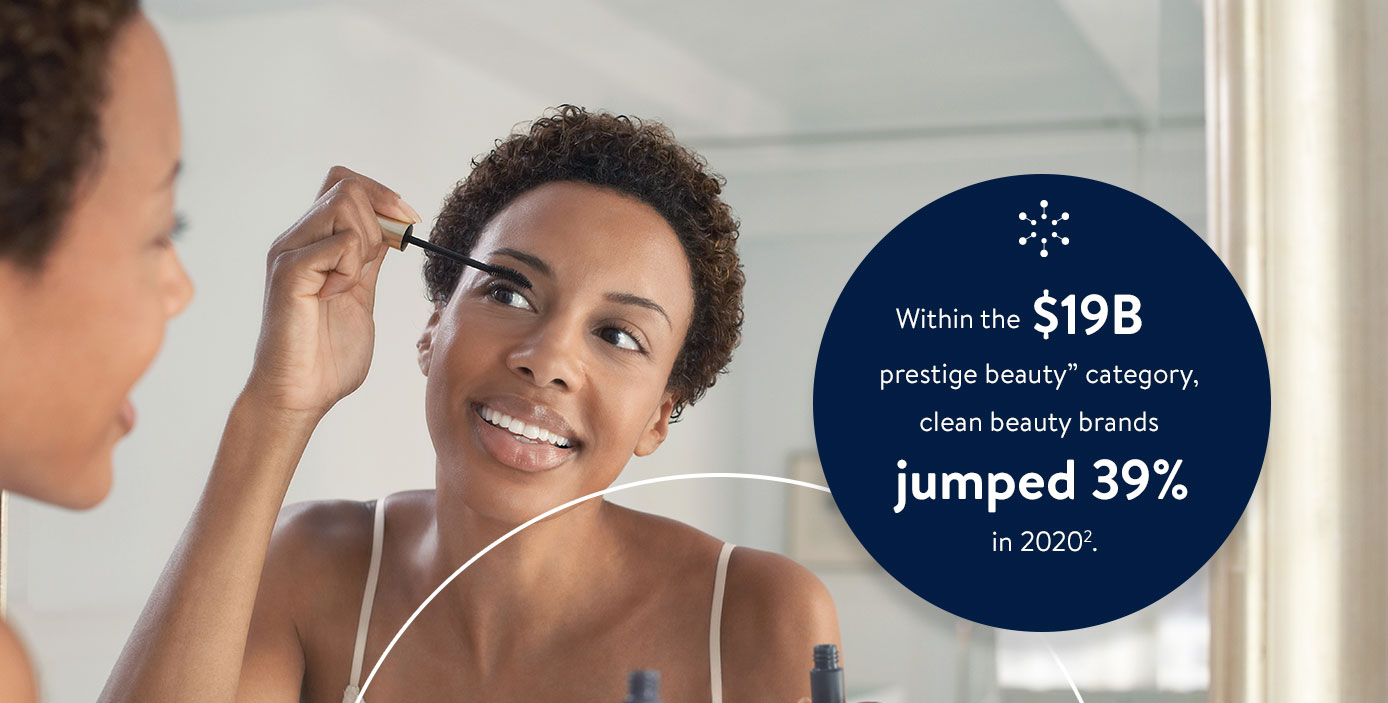
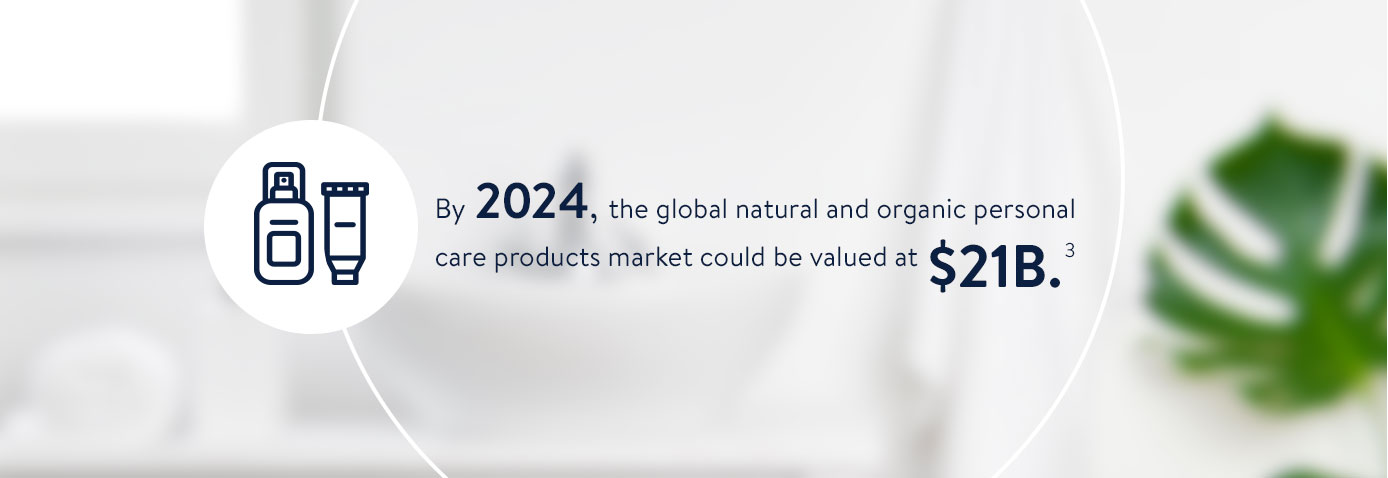
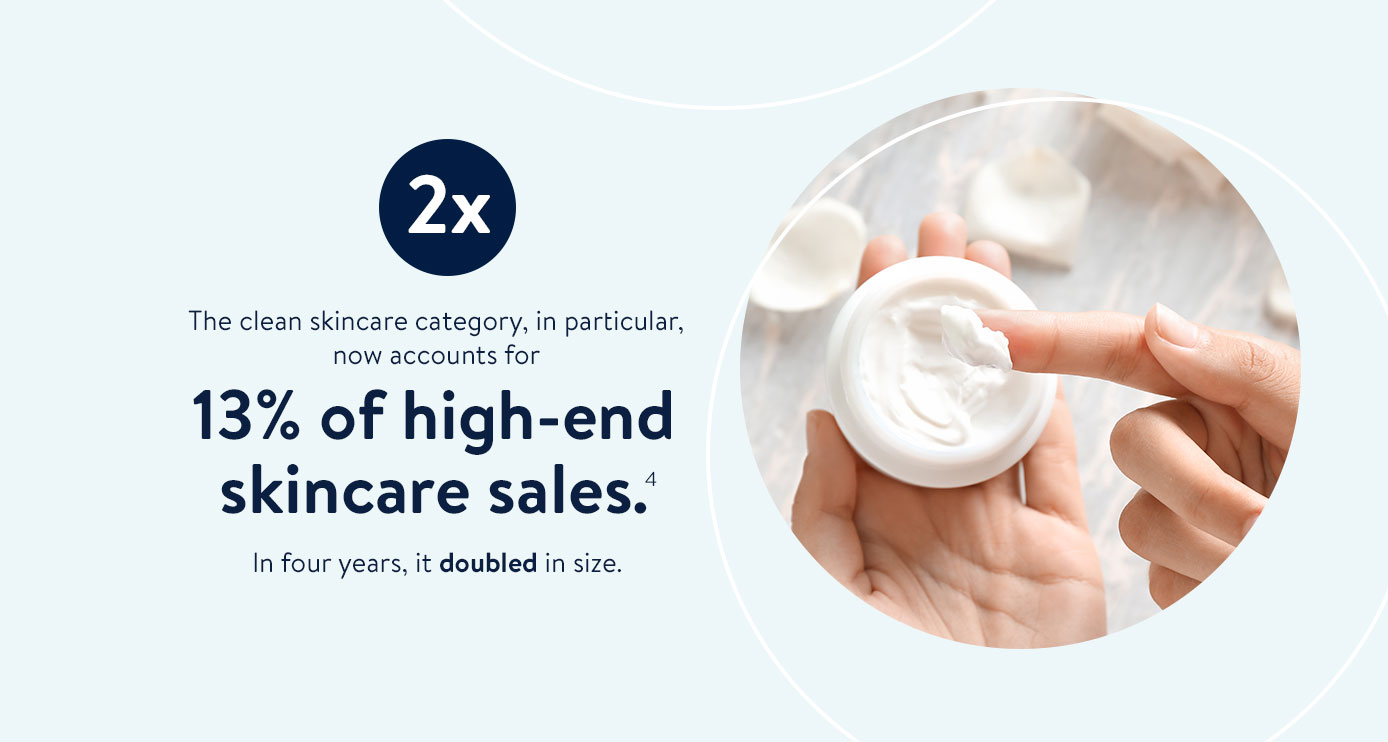
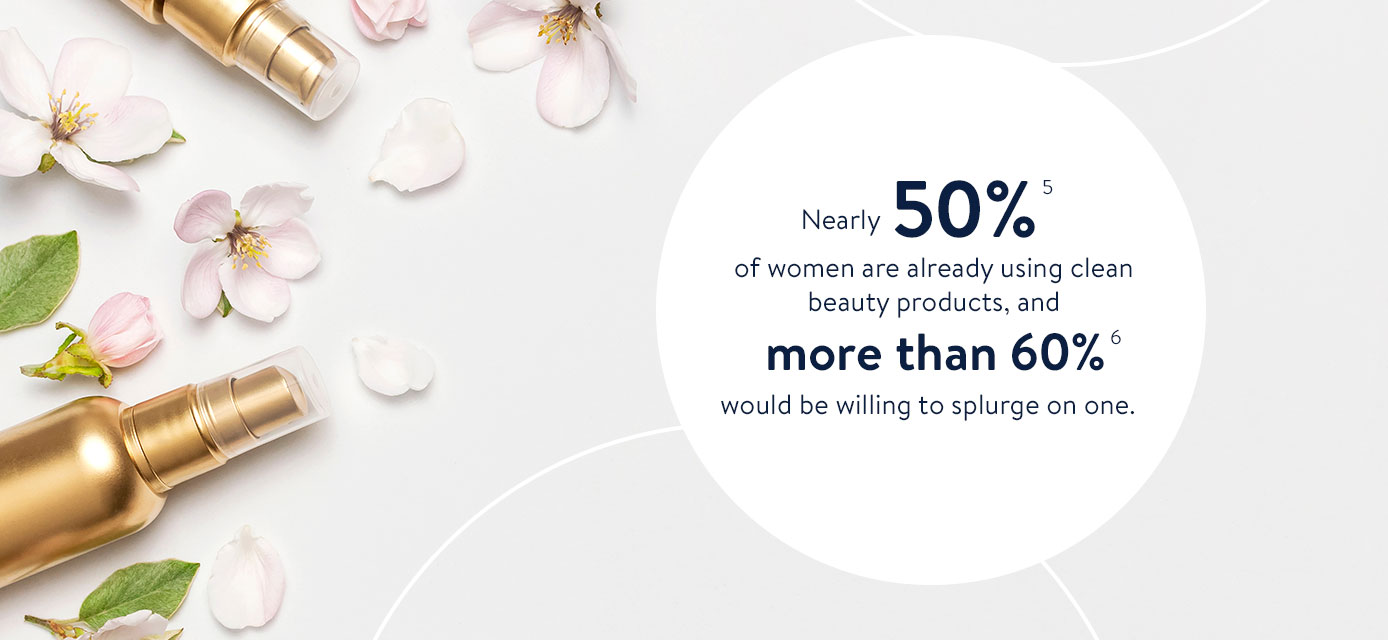
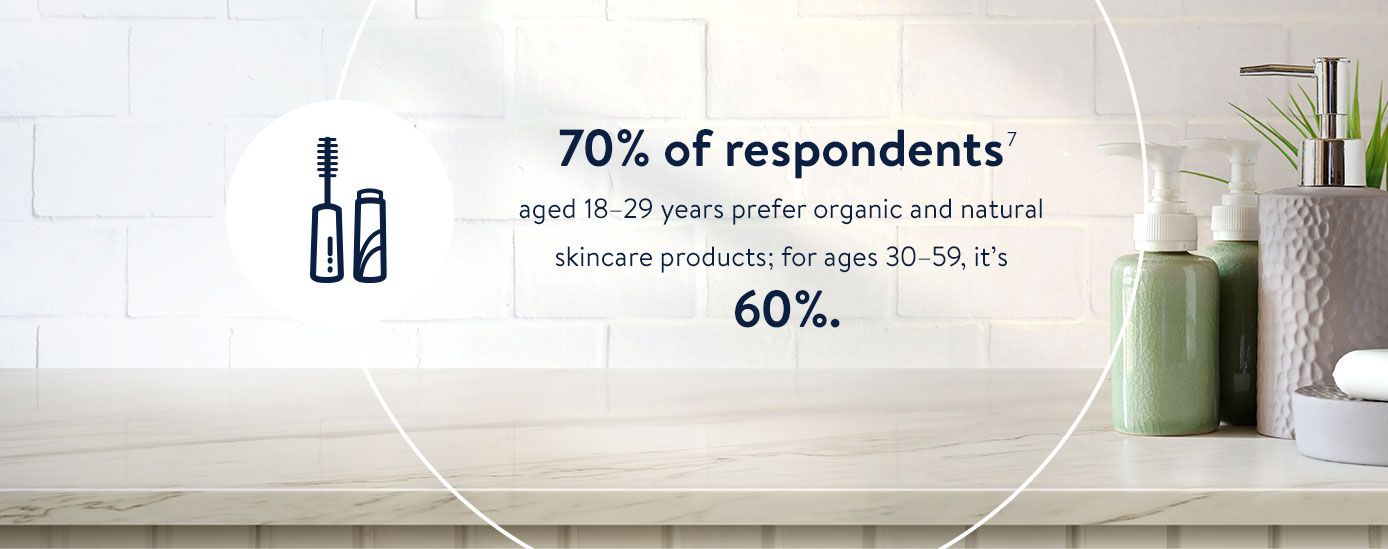
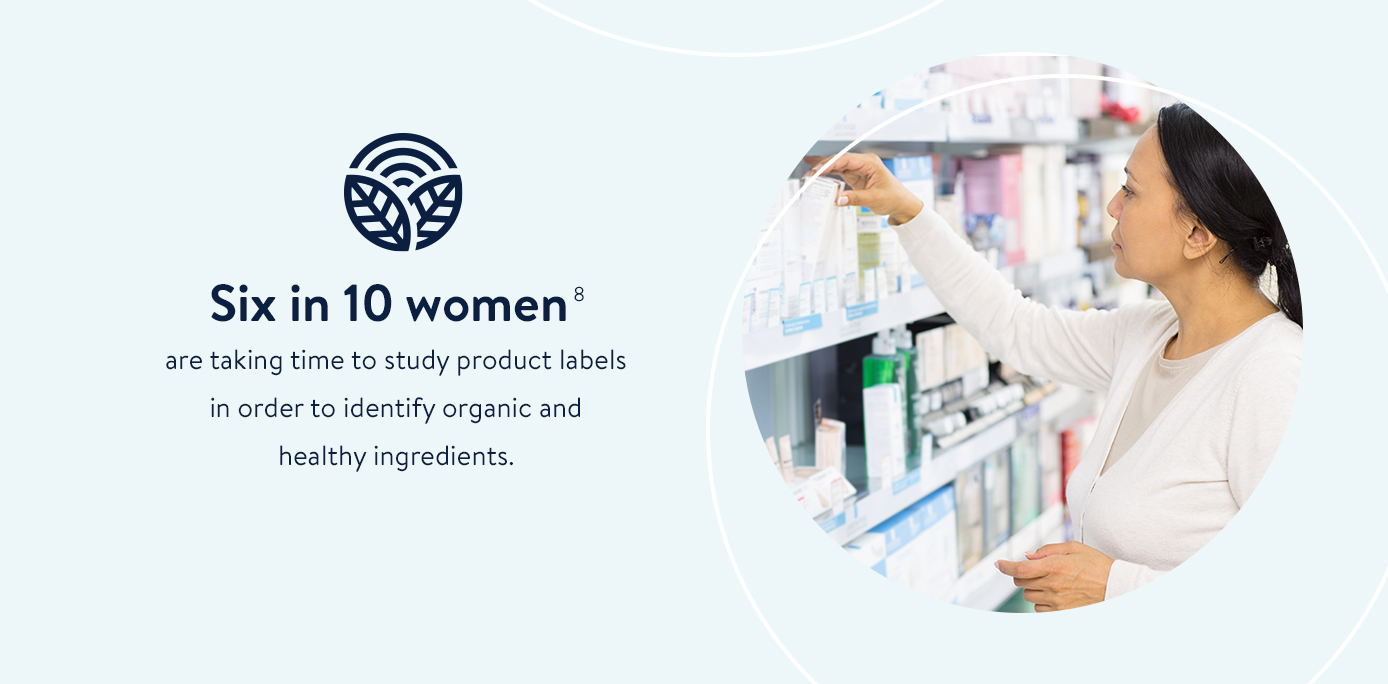
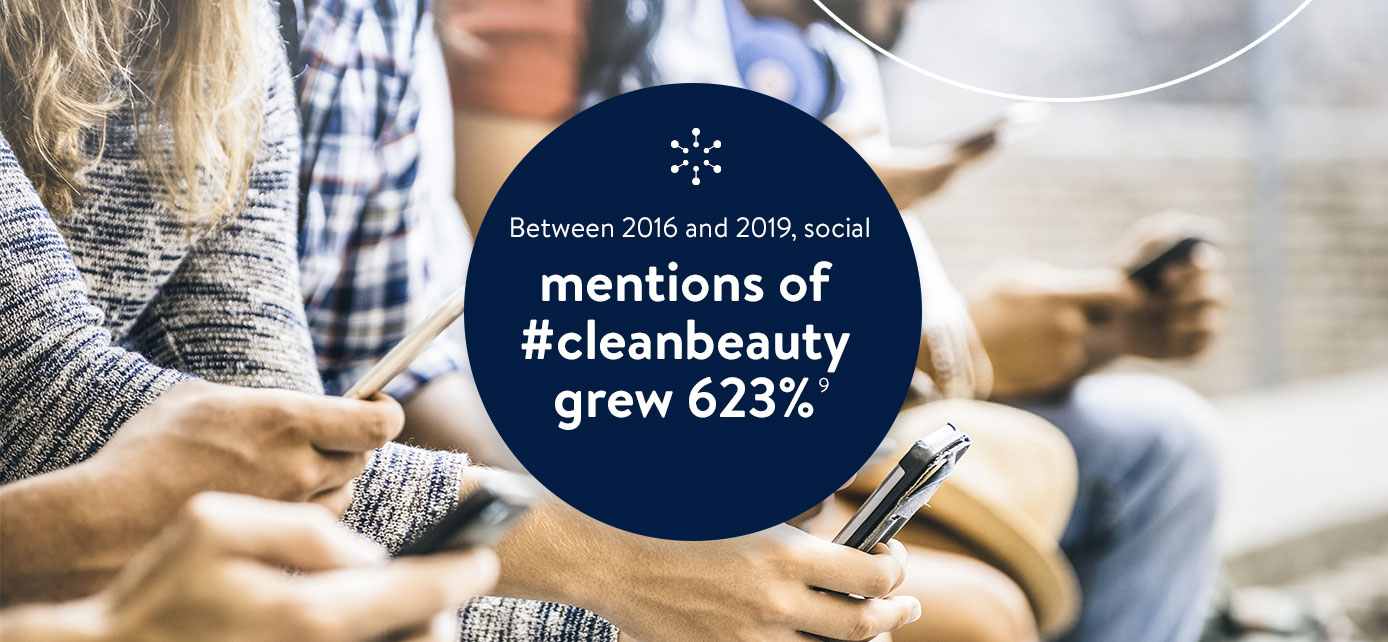
Speaking directly to the emotional, ethical, or health-driven concerns of consumers might be the critical differentiator that gives a brand the edge.
- How a product can feel like a luxury
- How a product suits a particular niche lifestyle
- How the product is timely and/or timeless
- Where products are sourced and how they are made
- How their company is reaching responsibility metrics (for example, B Corp Certification)
- heir lack of animal testing and harmful harvesting practices
- Products based on science
- Products designed to perform/with medicinal properties
- Products targeted to address particular health concerns or general well-being
The growth of clean beauty says a great deal about the growth of ethical consumerism in general, especially now that the millennial generation has become the largest customer demographic. The demand for quality, transparency, accountability, sustainability, and social responsibility has never been higher.
Leading brands aren’t taking these changes at face value. Rather than viewing clean beauty as a one-off fad, they are tapping into the motivating factors behind it—and in doing so, they are rethinking their priorities, reframing their message, and setting themselves apart in an increasingly crowded category.

2 What does clean beauty mean?
3 US-based study: Top 45 Clean Beauty Statistics and Trends
4 What does clean beauty mean?
5 US-based study: Real Beauty Survey 2019 - Women Talk About Beauty, Diet, Exercise, Plastic Surgery
6 US-based study: Real Beauty Survey 2019 - Women Talk About Beauty, Diet, Exercise, Plastic Surgery
7 US-based study: Top 45 Clean Beauty Statistics and Trends
8 US-based study: Top 45 Clean Beauty Statistics and Trends
9 US-based study: Top 45 Clean Beauty Statistics and Trends
10 Analysis: the rise of Clean Beauty
11 Millennial preferences in beauty and personal care products
12 Millennial preferences in beauty and personal care products
13 Clean disruption: The rise of clean beauty marketplaces in Mena
14 La Roche-Posay sheds light on the perils of sensitive skin
15 statista, Canada - population, by gender and age 2020, July 6, 2021




